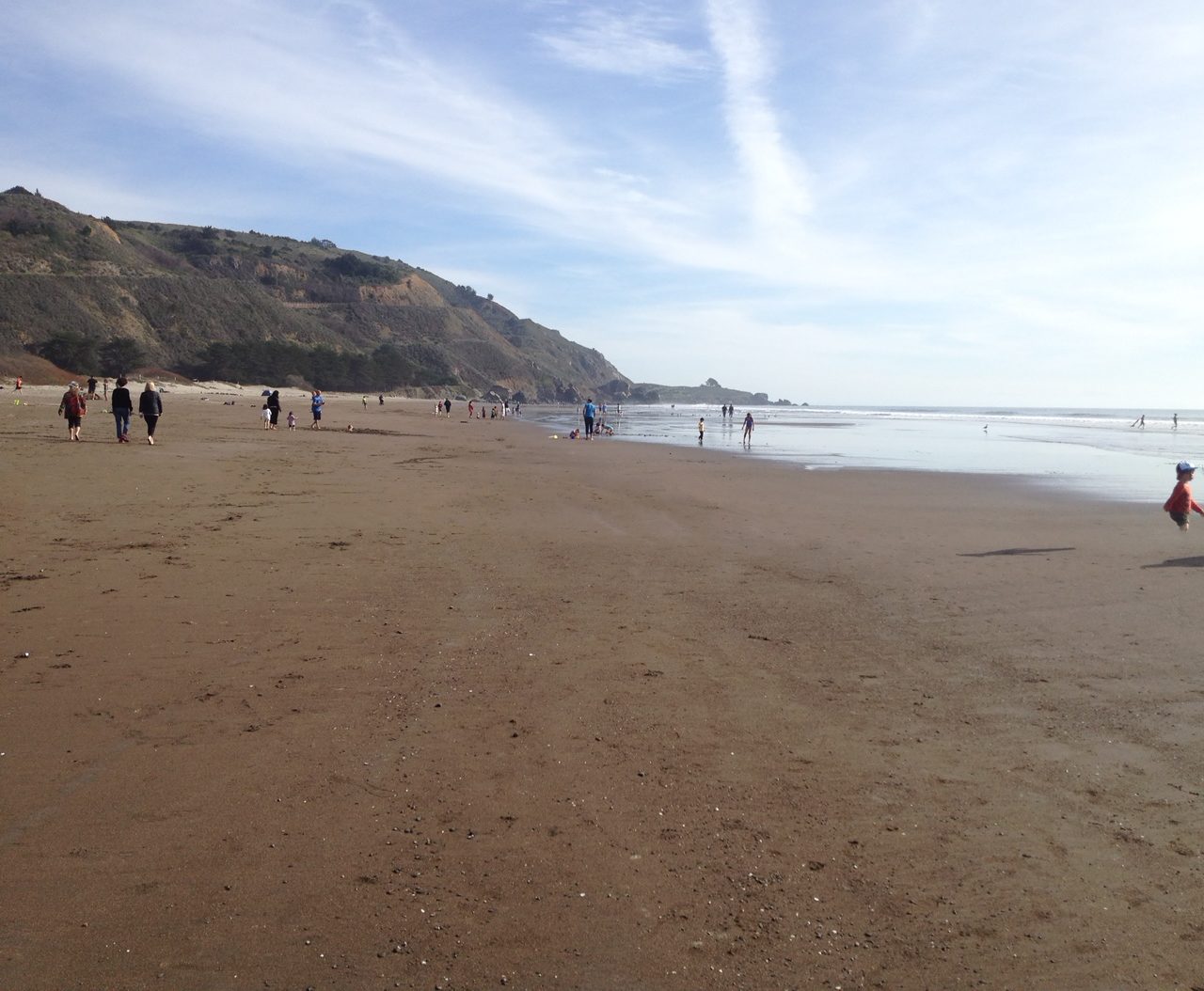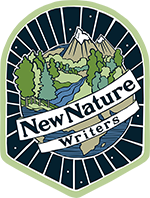Hello Nature Writers,
Enjoy this week’s post from New Nature Writers Kristine Zeigler as she reflected upon Earth Day this past week.
After you’ve read this, tell us how you met Earth. Enjoy, Laurie
How I Met Earth
One of my first memories of Earth was falling toward it. I was about three years old and we lived in an A-frame house perched 8,300 feet above sea level on Habeggar Lane at the South Fork of Bishop Creek, California. The fire brick red wrap-around porch had a bench lining its perimeter and just enough space between the seats and the deck to fit one curious girl. I squeezed through it and fell, only to discover, at that very moment, that the porch was some distance from the ground. Lucky for me, it was winter and a six-foot tall snowdrift broke my fall. But it wasn’t soft, fluffy powder, it was hard and unforgiving. I must have screamed, for Mom ran down the stairs, scooped me up and ran to the neighbor for help. Mom yelled in my face all 15 miles down the hill and while I don’t recall much about what happened next, I can see her anxious expression and feel her hands slapping my face. She did everything she could do to keep me from passing out while the neighbor floored it to Northern Inyo Hospital.
The concussion was minor and I went back to Bishop Creek with no scars, physical or otherwise, and surprisingly no fear of the porch. But beyond the porch was a wild world of alpine lakes, glacial streams, jagged-toothed mountains, aspen leaves trembling in the wind and wide alluvial fans beneath the apron of the Sierra. Not long after my fall I wandered off to begin my explorations. One afternoon Mom couldn’t find me and feared the worst – drowned in a body of water. When she finally located me, I was walking with Kimba, our St. Bernard. The story goes that I was holding Kimba’s tail and she was guiding me through the brush, away from any water. Never has a mother been more grateful to a dog.
Despite the number of fourteen thousand foot peaks and majesty all around, I did not have a frame of reference to appreciate what kind of exceptional land this was. I awoke each day, from the time I was six months old until I left the Owens Valley at age 13, to sunrises over the copper tinted Inyo-White Mountains; each night I went to bed under the looming hulk of the Eastern Sierra Nevada. I found out how unique this was when I was 18.
In the first few months of my freshman year at Lafayette College in Easton, Pennsylvania, my friend Sharon invited her dorm mates Bessie, Jessica and me to her family’s home in the Pocono Mountains. Not having traveled to visit Lafayette or the state of Pennsylvania before going to the college, I was only dimly aware that the climate and topography were vastly different from my Owens Valley childhood.
As we four girls drove into the Poconos, I grew impatient. How much longer would the trip take? I waited for what felt like more than an hour to ask Sharon,
“Are we close to the mountains yet?”
“We are in the mountains,” she said.
“But I don’t see any.” I scanned the horizon. No pointy peaks, no snow-covered stands of pines, no precipitous drops on either side of the car.
“Well, they’re just not that tall, that’s all,” she replied. Mountains that weren’t tall? This would take some getting used to.
Growing up in Bishop, my father tried to teach me to dislike flatlanders, the people from the city of Los Angeles. He told me that in the first three decades of the 20th Century these interlopers, led by a conniving civil engineer named William Mulholland, had redirected the mountain-fed Owens River water south to Los Angeles. Though too young to understand why stealing water could raise my father’s ire against that “City of Angels,” I did begin to understand what an aqueduct could do.
The Owens Valley is one of the deepest valleys in the Americas and a spectacular rural and high desert wilderness surrounded by the lower 48’s tallest mountain, Mount Whitney, at 14,494 feet, and the country’s lowest point, Badwater, at 282 feet below sea level in Death Valley National Park.
On this Earth Day I am grateful to the Owens Valley and even more in debt to my parents whose yearning for quiet and low-density living prompted our move to Bishop Creek in the first place.
Today the West, and many parts of the parched world, must grapple with how to water crops and feed animals while providing drinking water to thirsty millions. I don’t know exactly how to ensure that our precious natural resources persist into the long future. In my stories I don’t judge who was right and who was wrong, who lost and who won, which water belongs to which city. But I do hope my stories will make the reader appreciate the Owens Valley. It’s where I first fell to, and in love with, Earth, after all.


